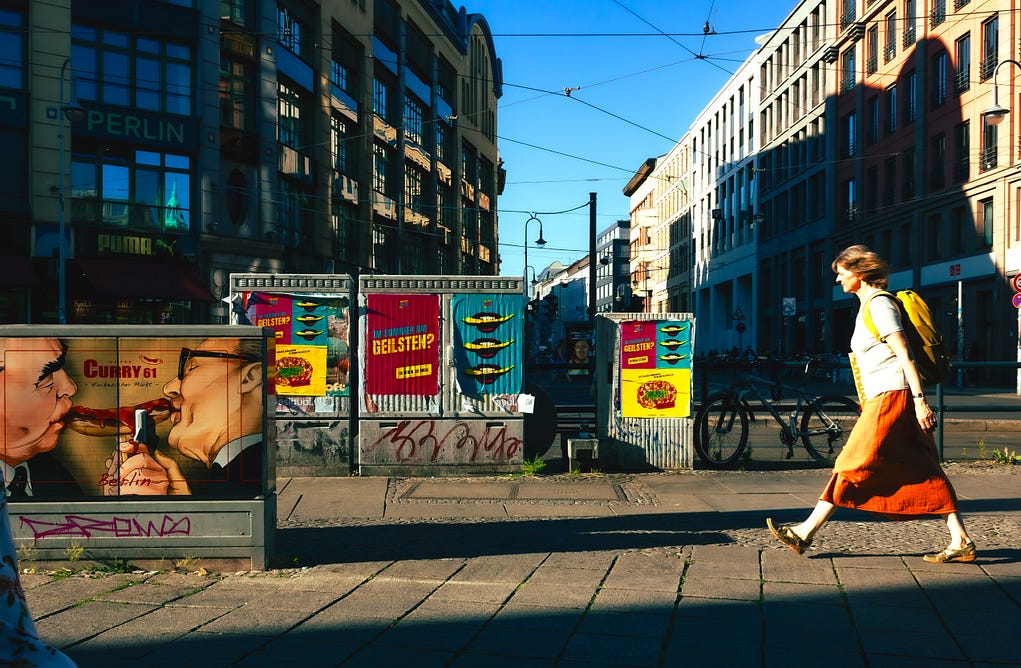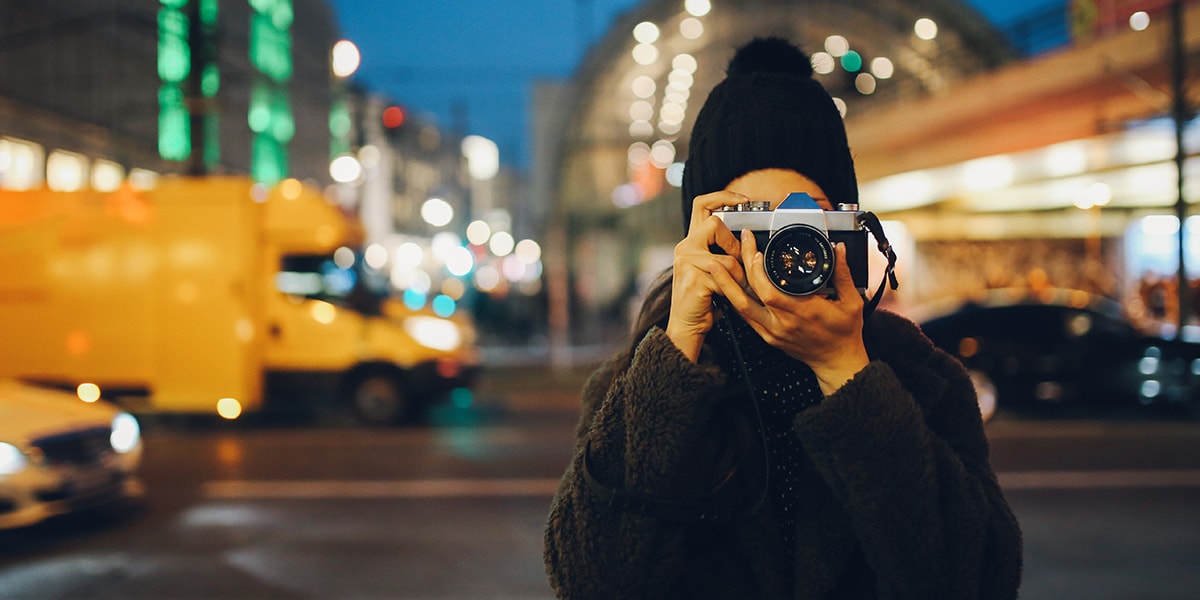What Does Street Photographers Mean?
The Ultimate Guide To Street Photographers
Table of ContentsFascination About Street PhotographersThe Greatest Guide To Street PhotographersThe Buzz on Street PhotographersAn Unbiased View of Street PhotographersRumored Buzz on Street Photographers
Road digital photographers do not always have a social purpose in mind, yet they choose to isolate and record minutes which may or else go undetected.Though he was affected by several of those that affected the road professional photographers of the 1950s and '60s, he was not mainly thinking about catching the spirit of the road. The impulse to visually record individuals in public started with 19th-century painters such as Edgar Degas, douard Manet, and Henri de Toulouse-Lautrec, that worked side by side with photographers trying to capture the significance of city life.

Offered the great quality of his photos and the breadth of product, engineers and musicians frequently got Atget's prints to make use of as recommendation for their very own job, though commercial interests were barely his primary inspiration. Rather, he was driven to photo every last residue of the Paris he enjoyed. The mingled interest and necessity of his mission shine through, resulting in photographs that tell his very own experience of the city, top qualities that prepared for road digital photography of the 20th century.
The 10-Minute Rule for Street Photographers
They expose the city through his eyes. His work and fundamental understanding of digital photography as an art form functioned as motivation to generations of photographers that adhered to. The future generation of road photographers, though they likely did not describe themselves as such, was ushered in by the photojournalism of Hungarian-born photographer Andr Kertsz.
Unlike his peers, Brassa utilized a larger-format Voigtlnder electronic camera with a longer exposure time, requiring him to be extra computed and thoughtful in his practice than he might have been if utilizing a Leica.
Cartier-Bresson was a champ of the Leica electronic camera and among the first professional photographers to maximize its capacities. The Leica allowed the professional photographer to engage with the environments and to record minutes as they took place - Street Photographers. Its relatively small size also helped the photographer fade into the background, which was Cartier-Bresson's preferred approach
Not known Facts About Street Photographers
It is due to the fact that of this essential understanding of the art of photo taking that he is typically credited with discovering the tool all over once more approximately a century considering that its innovation. He took pictures for more than a half century and influenced generations of digital photographers to trust their eye and intuition in the minute.
These are the concerns I shall attempt to answer: And after that I'll leave you with my own interpretation of street digital photography. Yes, we do. Allow's begin with defining what an interpretation is: According to it is: "The act of defining, or of making something precise, distinctive, or clear".
No, absolutely not. The term is both restricting and deceiving. Seems like a road Web Site digital photography must be photos of a roads right?! And all road photographers, besides a handful of absolute newbies, will fully value that a road is not the essential part to road photography, and really if it's an image of a street with possibly a couple of boring people not doing anything of interest, that's not street digital photography that's a photo of a street.
He makes a legitimate factor do not you think? While I agree with him I'm not sure "candid public photography" will certainly catch on (although I do click to read kind of like the term "honest photography") because "street photography" has been around for a long time, with lots of masters' names connected to it, so I think the term is right here to remain.
The Street Photographers Statements
Inside?! I hear you yell as you tremble your clenched fist to the sky. Why not? You can shoot at the beach, at a celebration, in an alley, in a park, in a piazza, in a cafe, at a gallery or art gallery, in a city terminal, at an event, on a bridge, under a bridge ...

Street Photographers - The Facts
